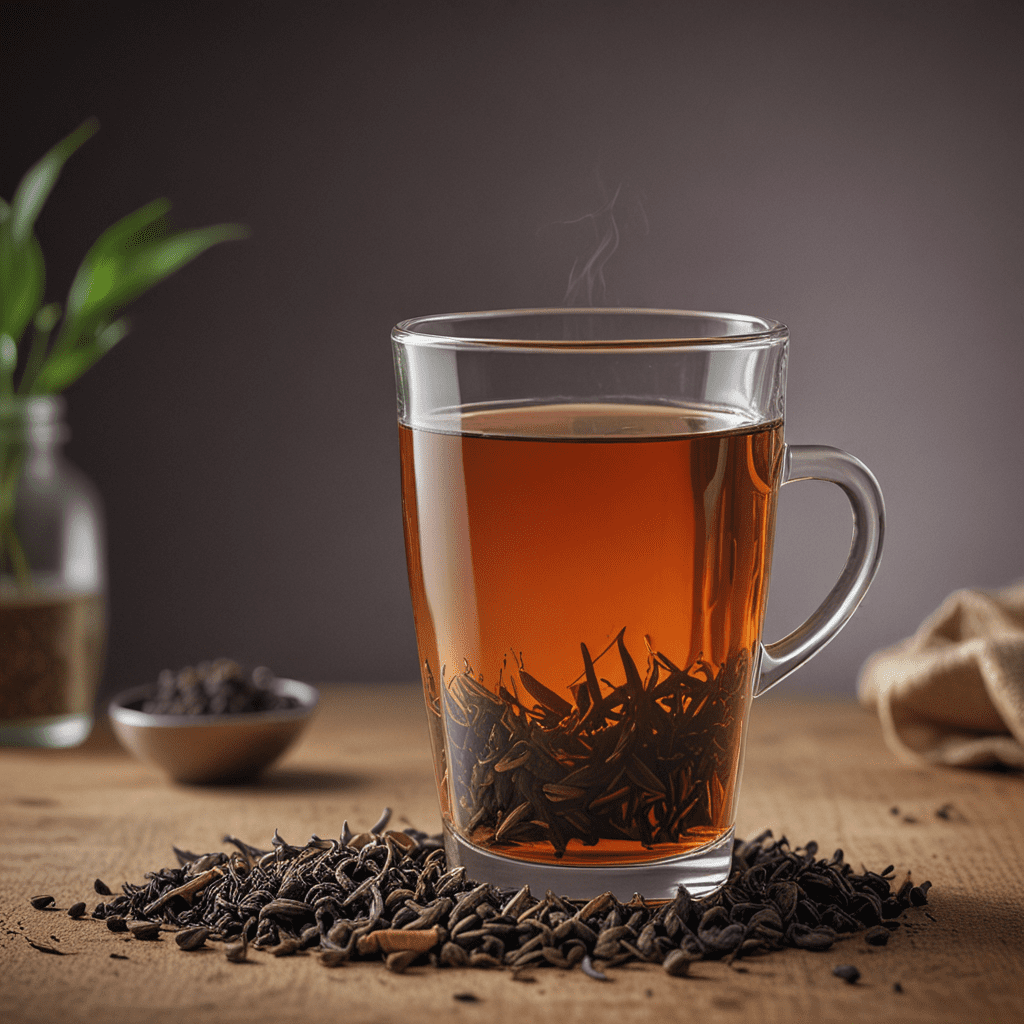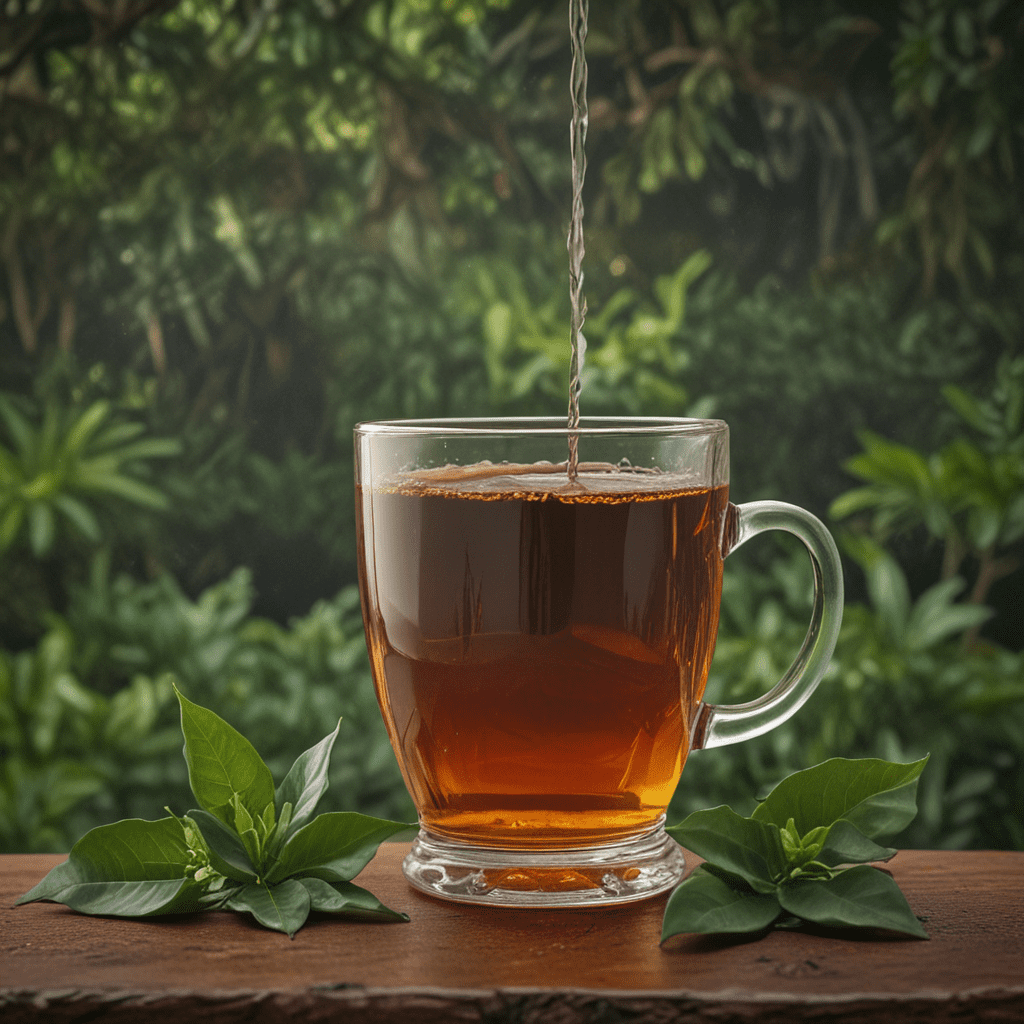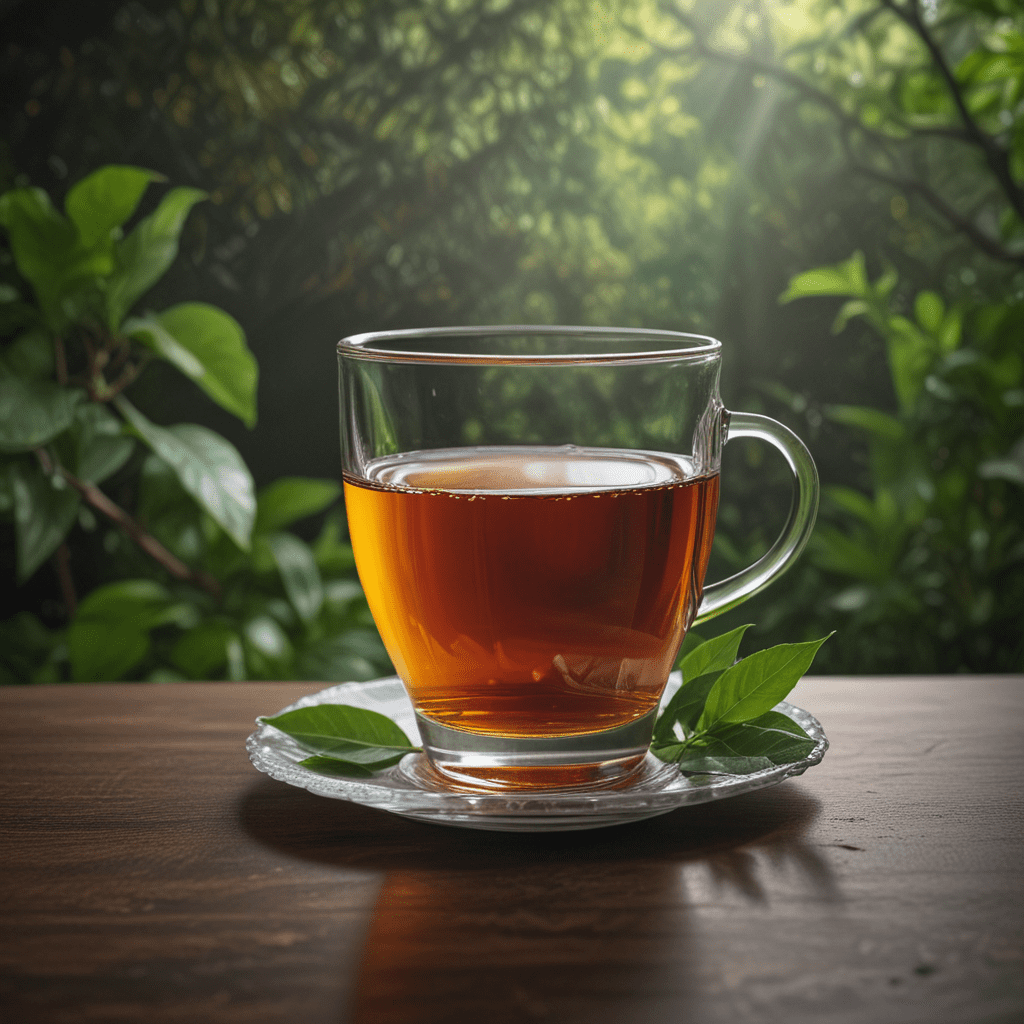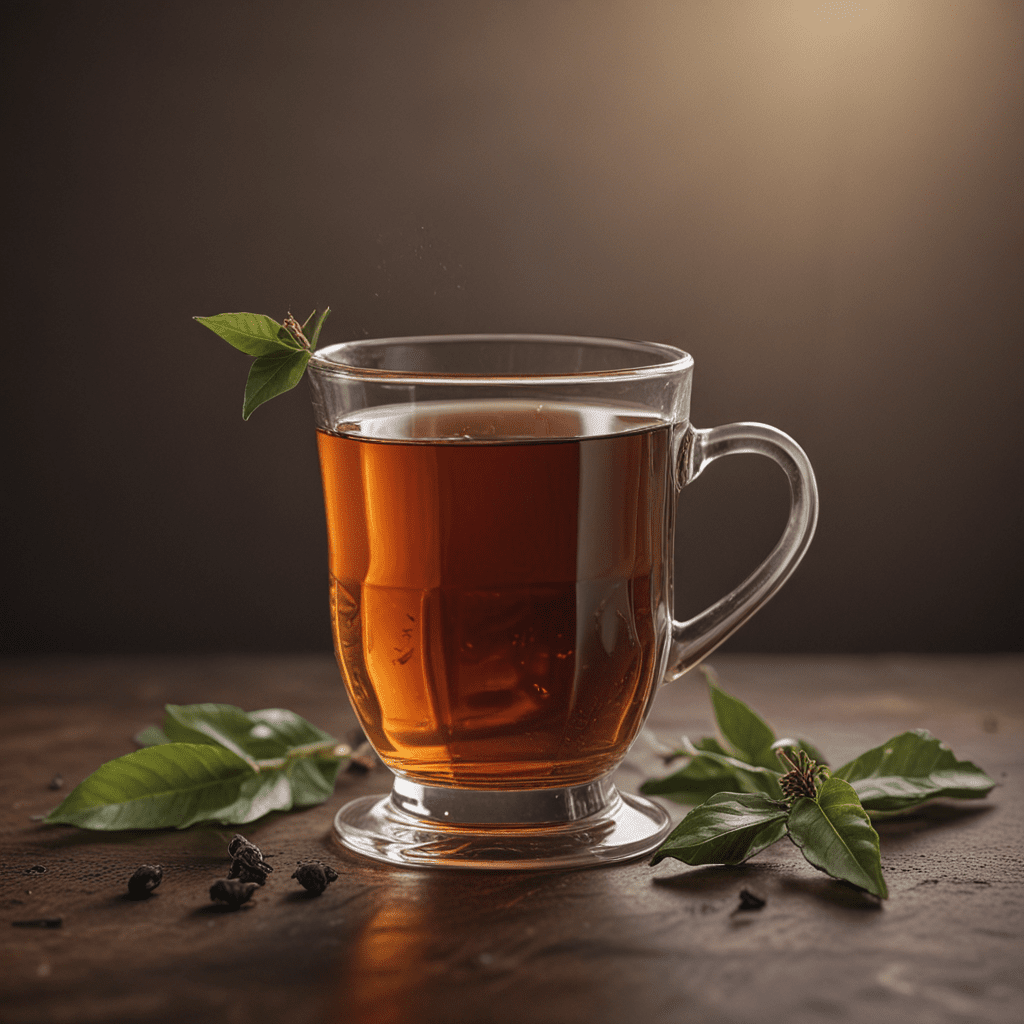
Assam Tea: The Essence of Tea Culture
Introduction: A Journey into the Realm of Assam Tea
Assam tea, a beacon of excellence in the tea world, is renowned for its rich flavor, malty aroma, and invigorating brew. Cultivated in the verdant Brahmaputra Valley of Northeastern India, Assam tea embodies a legacy of tradition and innovation that has captivated tea enthusiasts globally.
Historical and Cultural Roots: The Legacy of Brahmaputra Valley
The Brahmaputra Valley, with its fertile soil and abundant rainfall, has been the cradle of Assam tea cultivation for centuries. The indigenous tribes of the region have a profound connection with tea, using it for both medicinal and ceremonial purposes. The advent of British colonialism in the 19th century marked a turning point, as the establishment of tea plantations transformed Assam into a major tea-producing region.
Geographical Advantages: Assam's Unique Terroir
Assam's tea gardens thrive in a unique terroir defined by its alluvial soil, subtropical climate, and abundant rainfall. The Brahmaputra River, a lifeblood of the region, provides ample irrigation and nutrient-rich silt. These exceptional conditions foster the growth of robust tea bushes that produce leaves brimming with flavor and character.
Varieties of Assam Tea: A Palette of Aromas and Flavors
The diverse tea gardens of Assam produce a wide range of teas, each with its distinct profile. CTC (Crush, Tear, Curl) teas, known for their bold and brisk character, are widely used in tea blends. Orthodox teas, processed using traditional methods, offer a more nuanced and complex flavor profile. Green teas, minimally processed to preserve their delicate flavors, provide a refreshing and invigorating brew.
The Art of Tea Cultivation: From Leaf to Cup
Assam tea cultivation is an art form that requires meticulous attention to detail. Tea bushes are carefully pruned and fertilized to optimize growth and yield. Harvesting is a delicate process, with leaves plucked at the peak of maturity to ensure optimal flavor. The harvested leaves are then processed using traditional or modern methods to create the desired tea type.
Harvesting Techniques: Preserving the Essence of Assam Tea
The harvesting of Assam tea is a critical process that determines the quality of the final product. Tea leaves are meticulously plucked by hand, with only the finest two leaves and a bud being selected. This delicate process ensures that the tea retains its optimal flavor and aroma.
Processing Methods: Shaping the Character of the Tea
Assam tea undergoes various processing methods to create different tea types. CTC teas are processed using machines to crush, tear, and curl the leaves, resulting in a bold and robust brew. Orthodox teas, on the other hand, are processed using traditional methods that involve withering, rolling, and oxidizing the leaves, resulting in a more nuanced and complex flavor profile.
Health Benefits: An Elixir of Wellness
Assam tea is not only a delicious beverage but also offers a range of health benefits. It is rich in antioxidants, which help protect the body against free radical damage. It also contains caffeine, a stimulant that promotes alertness and focus. Additionally, Assam tea has been shown to improve digestion, reduce inflammation, and boost the immune system.
Cultural Significance: Assam Tea as a Way of Life
Assam tea is deeply ingrained in the culture and traditions of the region. It is a symbol of hospitality and is often served to guests as a gesture of welcome and respect. Tea gardens are also a major tourist attraction, offering visitors a glimpse into the fascinating world of tea cultivation and processing.
Conclusion: The Enduring Allure of Assam Tea
Assam tea is a testament to the rich history, unique terroir, and skilled craftsmanship of the Brahmaputra Valley. Its distinct flavor, health benefits, and cultural significance have made it a beloved beverage enjoyed by tea enthusiasts worldwide. As the world continues to appreciate the nuances of tea, Assam tea will undoubtedly remain a shining star in the global tea landscape.
Frequently Asked Questions (FAQs):
What is the best way to brew Assam tea?
Assam tea can be brewed using various methods, including the traditional method of boiling the leaves in water or using a tea infuser or teapot.How long should I steep Assam tea?
The optimal steeping time for Assam tea is 3-5 minutes, depending on the desired strength.What is the best time of day to drink Assam tea?
Assam tea can be enjoyed at any time of day, but it is particularly refreshing when consumed in the morning or afternoon.
Can Assam tea be consumed with milk?
Yes, Assam tea can be consumed with milk or cream, but it is traditionally enjoyed black.Where can I buy Assam tea?
Assam tea is widely available at grocery stores, tea shops, and online retailers.


